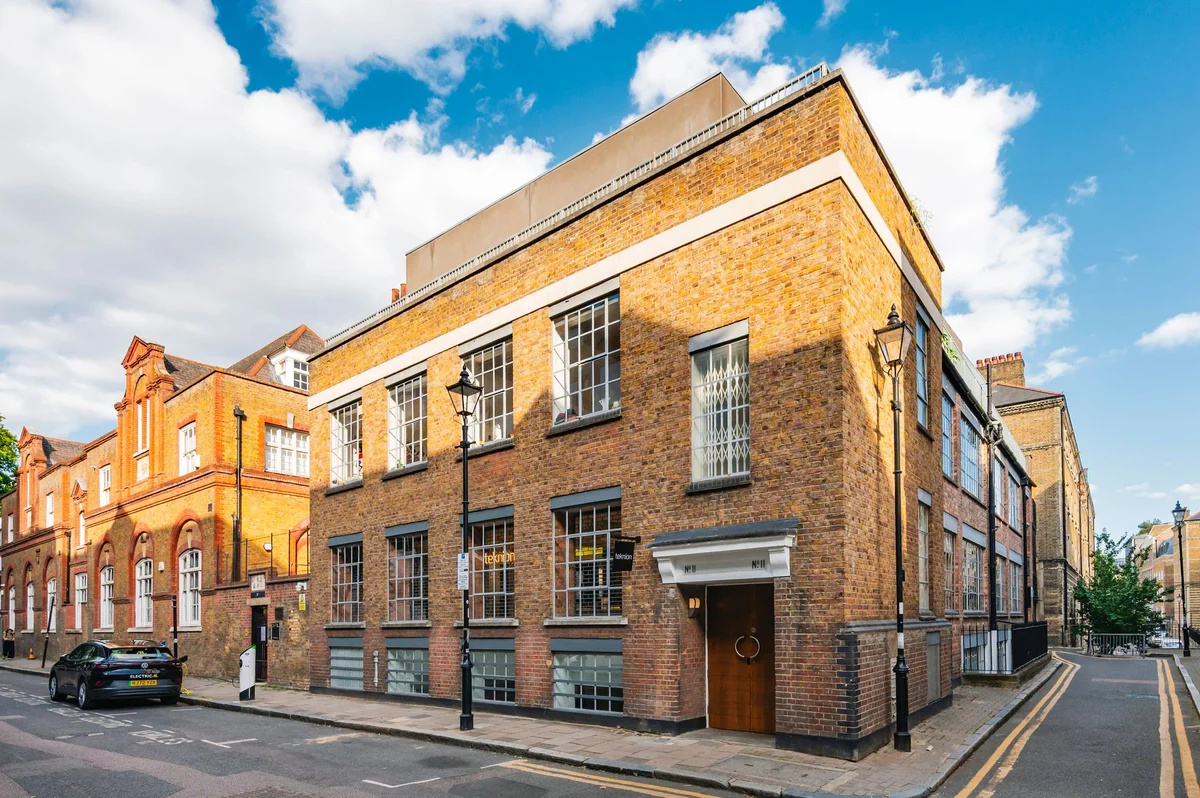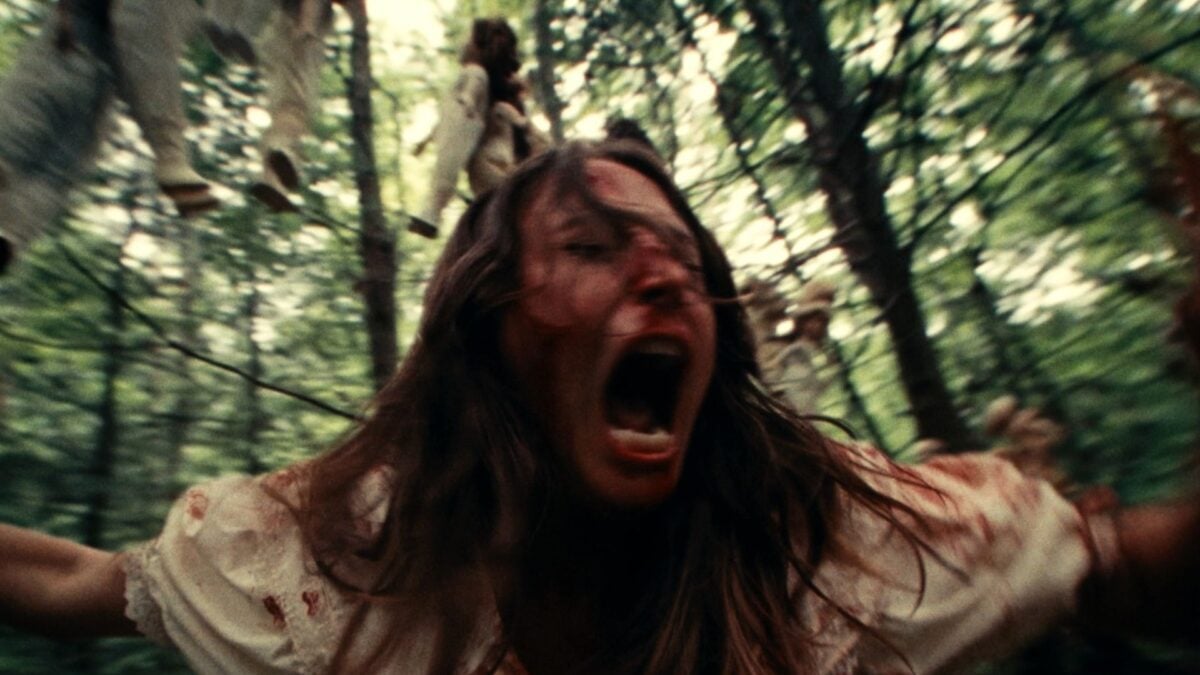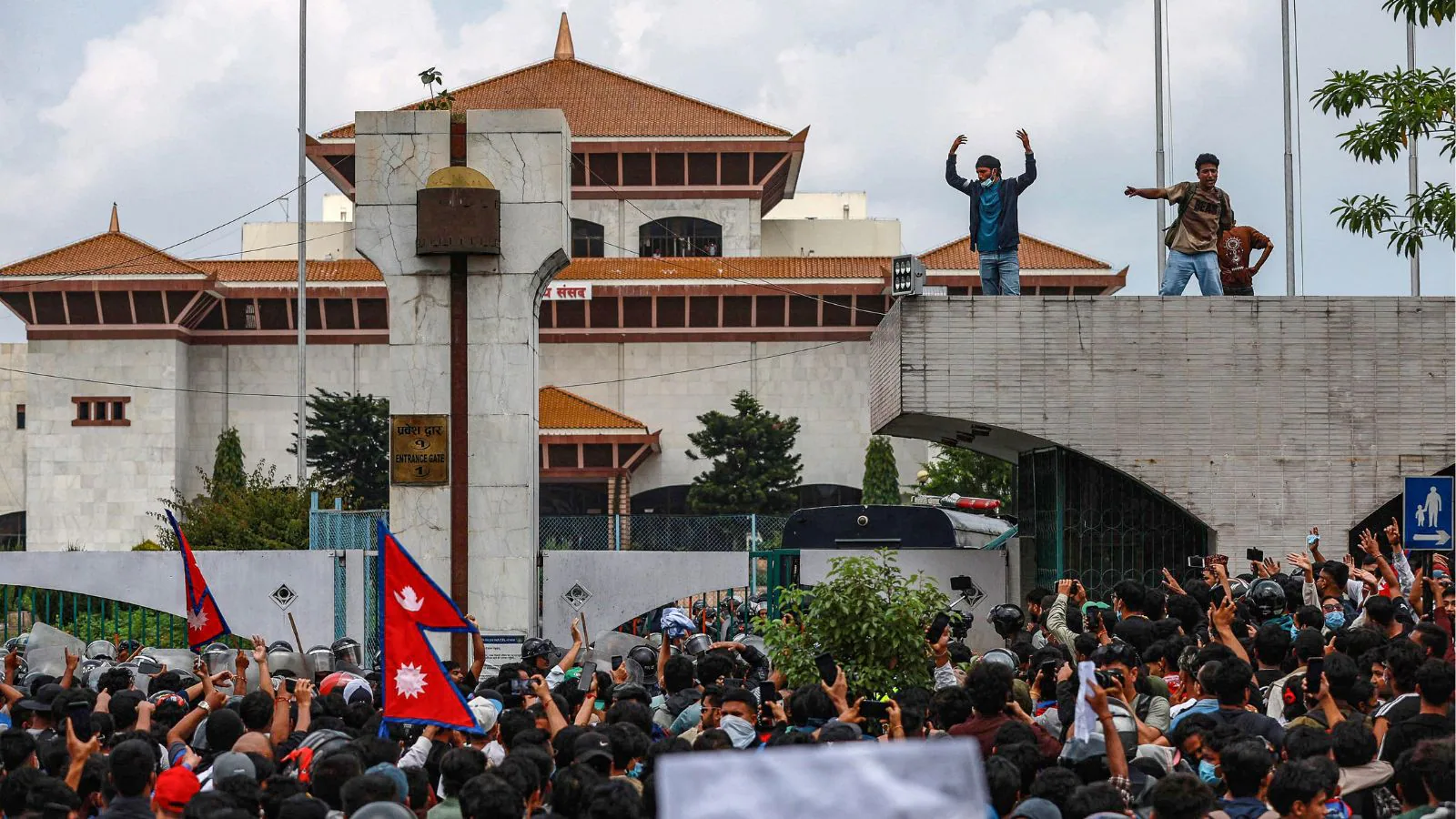By Emma Magnus
Copyright standard

A trendy, ex-industrial Clerkenwell maisonette which has appeared in Prada, Burberry and Manolo Blahnik shoots is for sale for £4.75 million.
Today, the expansive duplex apartment has three bedrooms, 1,600 square feet of private terraces, a Japanese-inspired bathroom and a chic, clean layout. But when fashion still life photographer and filmmaker Graeme Montgomery bought it in 1998, it was all “smashed windows and holes in the floor; a truly raw space”.
The building, on Bowling Green Lane, was constructed in the 1930s as a manufacturing warehouse for printing presses. By the late Nineties, it was derelict. “At the time, nobody even knew where Clerkenwell was,” says Montgomery. “It seems crazy now.”
Montgomery, now 60, bought the top floor of the building, which was sold with planning permission to construct an extra storey above.
He moved into a rental with friends and began by building a smaller flat at the front of the building, which formed a “mini blueprint” for the whole design, with its Corian kitchen, walnut panelling and a concrete bathroom. The flat was finished after around six months and eventually sold off to pay for the construction of the floor above.
Although creating the maisonette involved building an entire new floor, putting in a new steel frame and transforming a derelict warehouse into a habitable, comfortable home, the project was finished in around two years.
“Having done it all in the little flat, I think it made the rest of it much smoother and easier. We also had a great builder onboard,” says Montgomery. “The space was done in time for the millennium, and we partied on the roof and watched the fireworks.”
Inside, Montgomery aimed to create an adaptable space that could also function as a photography studio. “The idea was to try and create a completely flexible space that would accommodate anything that I did in my life,” he says. “Because of the flexibility of the way it divides up, you can have other people there and you can see them or not see them. You can shut off bits; you can open them up.”
“A lot of photographic studios are basically just white boxes, which aren’t actually that much fun to be in. I wanted a space that functioned really well, so we put the concrete floor on the first floor. I’ve thrown water at it, I’ve set fire to it, I’ve thrown paint on it. It’s pretty indestructible. But at the same time, it has quite a nice, warm feel. I wanted it to be a workspace, but I also wanted it to be a living space.”
Thanks to Montgomery’s extra floor, the apartment now spans an enormous 3,520 square feet. The first floor, with its Crittall windows, polished concrete floors, raw plaster walls and walnut partitions is arranged as large, open studio space, with the living areas above. Bespoke cupboards, says Montgomery, house photography equipment and backgrounds, keeping the space tidy.
Upstairs, there is an open-plan kitchen, dining room and reception room with floor-to-ceiling glass windows, 3.5-metre-high ceilings and a wraparound balcony. The principal bedroom suite has a walk-in wardrobe, ensuite shower room and an internal courtyard. Above, there’s a roof terrace, overlooking the London skyline.
The key to striking this elusive balance between functional and homely came from architect Spencer Fung. “I think that the natural plaster we used has that kind of [clean and modern, but warm and cosy] feel about it. It has a depth that works really well. You can’t replicate it with a paint finish,” says Montgomery.
“All the big, wooden walnut sliding doors is a modern take on wood panelling. You can move them around and reconfigure the space with them.”
Over the past 25 years, the property has been a home and workspace for Montgomery. It has functioned as a “mini commune” with friends at different points, as well as a party pad.
And, thanks to Montgomery, it has appeared on the other side of the camera too. It has been used to shoot imagery for luxury brands like Prada, Burberry, Manolo Blahnik and Jimmy Choo, as well as homeware shops like Habitat and Heals. In 2001, DJ Pied Piper & The Masters of Ceremonies used the penthouse to film the music video for their hit song, Do You Really Like It?
“I love that because you have these slightly internal terraces, you don’t have to have any curtains or blinds. You can walk around the apartment and feel unseen, without really screening yourself off. During the summer, it doesn’t feel like there’s a divide between the inside and the outside,” says Montgomery. “It’s been lovely to work downstairs and finish, walk upstairs, sit on the terrace and have a beer.
“It’s been the constant in my life, the one place where I always feel completely at home.”
Now, though, Montgomery has his eyes on a new project, and has listed the apartment with Knight Frank. “I’ve got at least one more project in me,” he says. “I’ve never actually built something in the middle of nowhere, completely from scratch. I’d love to do that. I get really excited about the way spaces work.”
To Montgomery, the property is likely to appeal for someone in search of flexibility: a family, perhaps, who might want to convert the studio space into bedrooms, or someone working from the building as well as living there.
“It’s perfect for somebody who wants an apartment that they can do anything in,” he says. It’s got so many options. It’s huge and it’s private, and it’s got massive outdoor space. If you want to party hard, it’s the perfect party apartment. You can go any way with it. I’d like it go to somebody who would be excited about using the space.”



